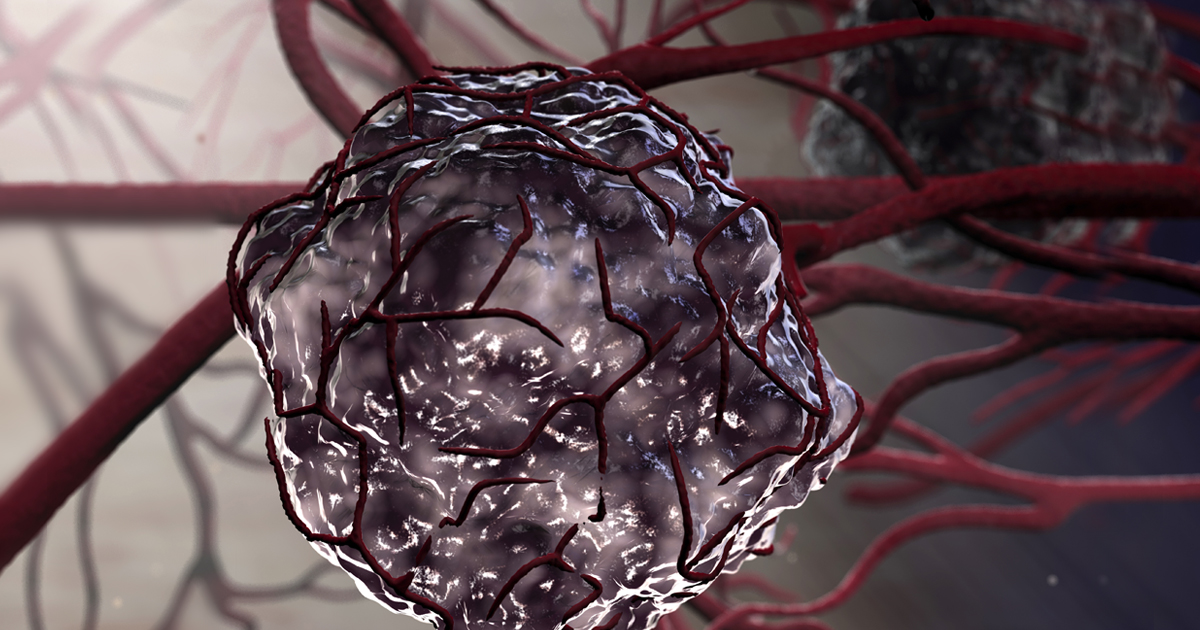Causes Of Horner Syndrome
Schwannoma

Another cause of Horner syndrome is schwannoma, which occurs when the cells, called the Schwann cells, develop a tumor. These cells are what make up the nerve sheath. The sheath is made of a fatty substance called myelin, forming a protective mantle around the nerves. A direct cause has yet to found; however, neurofibromas are suggested to play a role in the development of the tumors. Schwannomas can cause damage to nerves as well as the spinal cord. However, several reports back up the theory of these tumors as probable causes for Horner syndrome.
In a 2003 case report, a forty-eight-year-old female patient presented a dumbbell-shaped tumor accompanied by ptosis, anisocoria, and anhidrosis. Following removal of the tumor, symptoms improved. A separate case report from 2009 revealed a sixty-year-old female Horner syndrome patient presented a nerve sheath tumor in the lump on her neck. Symptoms included ptosis in the left upper eyelid.
Lung Cancer

Lung cancer is also linked to Horner syndrome, and in this case, it is called Pancoast syndrome, which is very rare compared to other types of lung cancer. In this condition, cancer develops in the top portion of the lungs and may spread to the brachial plexus. Thus, it can damage the nerves and cause compression to the spinal cord.
The link between Horner syndrome and Pancoast syndrome has been shown in several reports. In a 2016 case report, a fifty-six-year-old male patient showed a spindle cell sarcoma in the top portion of the right lung. With that, he presented miosis and ptosis in the right eye. Another case report, one from 2014, showed a tumor in the upper portion of the right lung in a fifty-nine-year-old male patient, who also presented with ptosis and anhydrosis on the right side. Another piece of research followed a thoracic myxofibrosarcoma male patient who had ptosis and miosis in the left eye. The patient's condition was classified as Pancoast syndrome.
